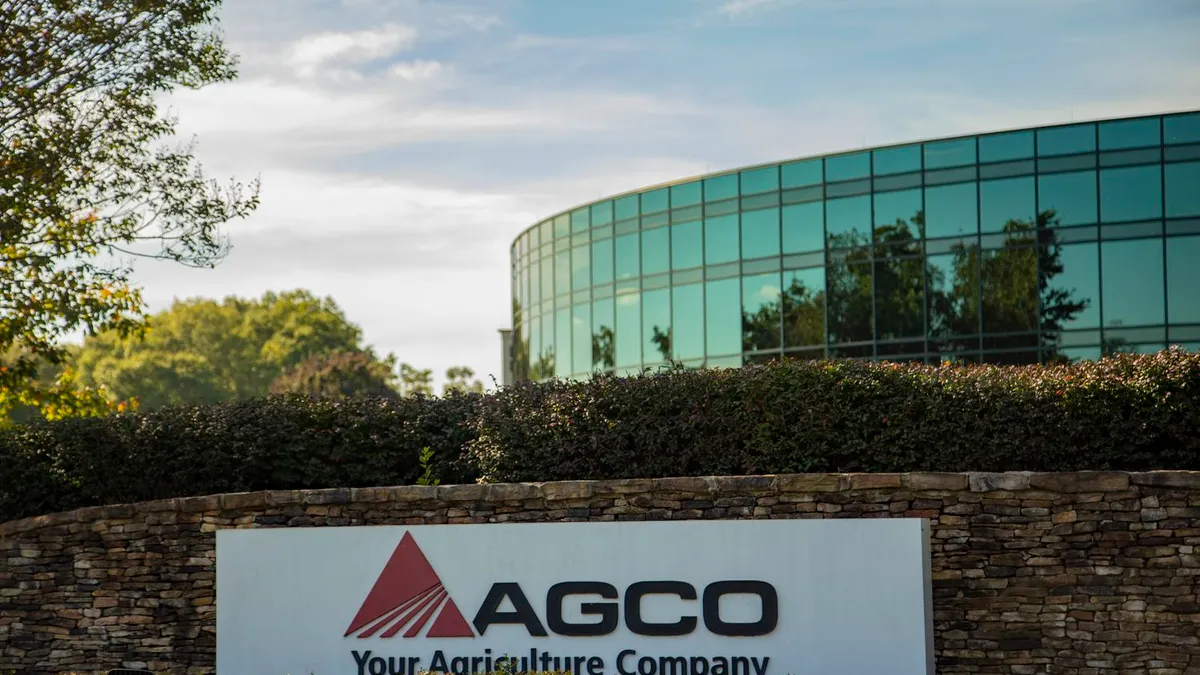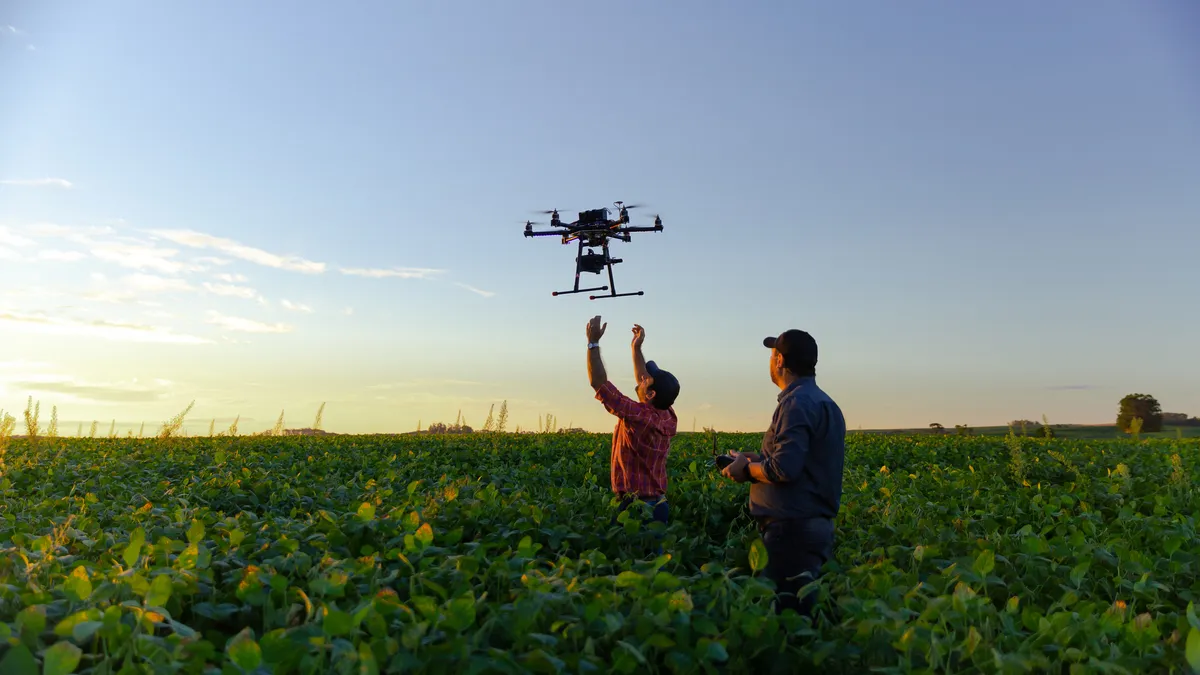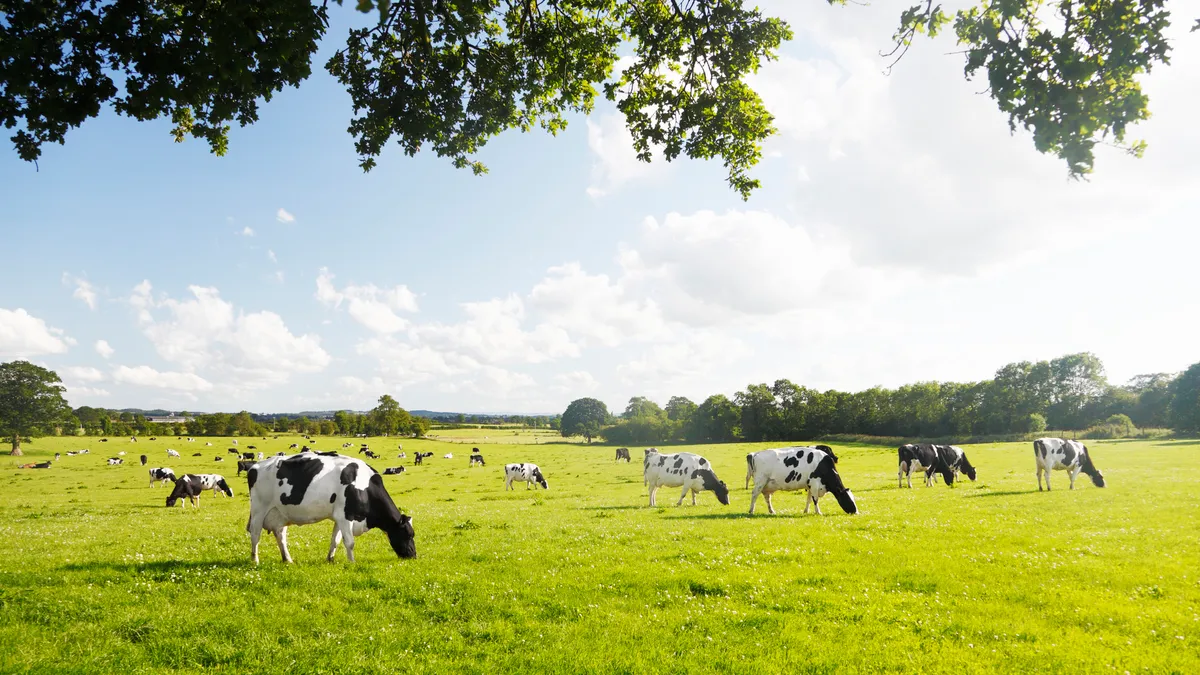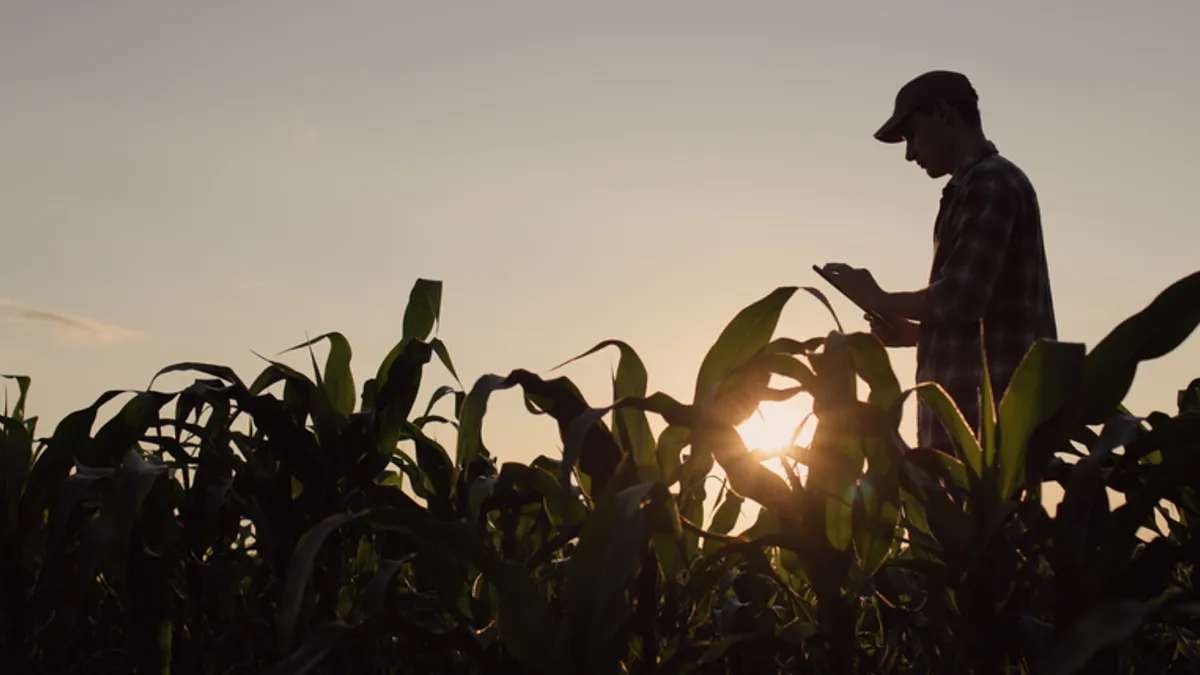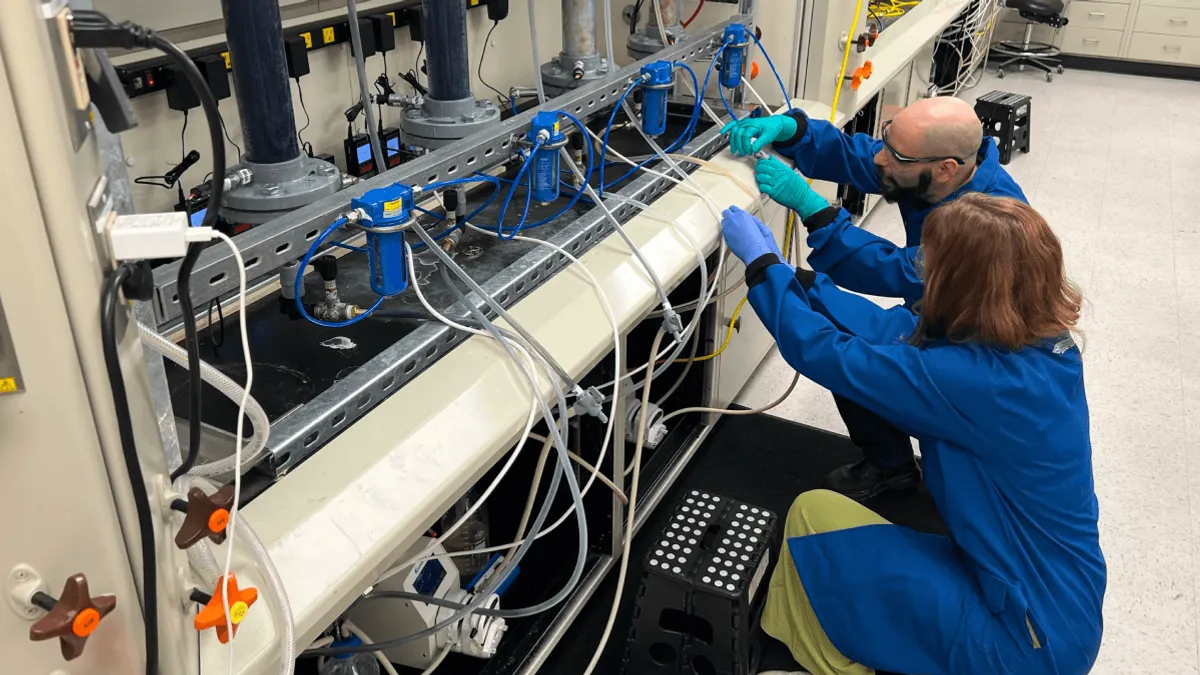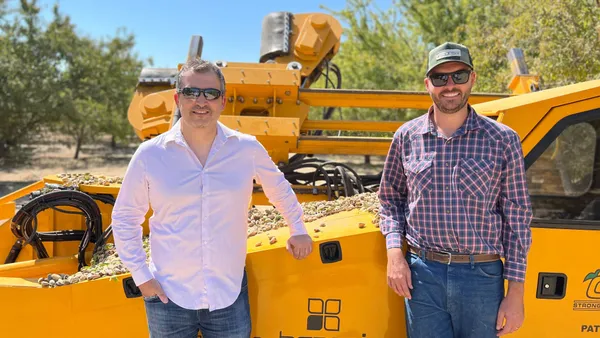WASHINGTON, DC: Producers, composters and other members of the nascent bioeconomy industry are pushing for greater assistance from Congress in ramping up their capacity, arguing it's needed to answer a call for bioplastics set out by President Biden last week.
The Biden administration set a “bold goal” to replace 90% of plastics with biomaterials over the next 20 years in a report published March 22, with an emphasis on ensuring such materials are recyclable by design.
That goal also includes a nod to circularity, something for which the White House Office of Science & Technology Policy’s energy team is looking to develop a framework, Dominique Carter, assistant director for agricultural sciences, innovation, and workforce with OSTP, said during a keynote at the Plant Based Products Council’s first annual conference on Tuesday.
“While circularity is mentioned, it is not the basis of the bioeconomy executive order. However, there is a synergistic effort that is currently being led by my teammates on the energy team that is focused on developing a federal framework to advance circular innovation in the country,” Carter said.
Boosting capacity for the plant-derived products industry, collectively referred to as the bioeconomy, to reach the goal set by the White House will likely be an uphill battle. Biopolymers account for roughly 1% of global plastic production today, members said at the event, and U.S. production lags behind Europe, according to 2022 data from European Bioplastics.
Producers from the corn, hemp, grass and other biopolymer feedstock industries are looking to the five-year reauthorization for the U.S. Department of Agriculture, legislation that’s referred to as the farm bill, for assistance in meeting the bold goal set out in the latest report.
"For people that are in this space, it’s not like there’s anything totally new for us [in the report]," Gerard Ostheimer, co-manager of the Clean Energy Ministerial’s Biofuture Campaign, said. "It’s useful because you can roll it up and hit people on the head with it and get them to pay attention.”
The PBPC, which brings together stakeholders from across the biobased products industry, is part of a group of organizations hoping to use Biden’s report and broad climate goals set out by the U.S. and major brands to secure new funding from Congress to ramp up feedstock production, processing capacity and legal definitions for their products.
Top of mind for producers was securing a NAICS code for biobased products manufacturers, something that was written into the 2018 Farm Bill but hasn't been implemented due to skepticism about the size of the industry.
The code would allow the federal government to more closely track the industry and would further legitimize it, producers say.
"If you want to talk about getting the scale... we can get the scale really fast. But we can’t measure anything without those codes," Wendy Owens, founder and CEO of Hexas Biomass, said.
The federal government is looking into an on-ramp for the industry to get its own code, Xochitl Torres Small, undersecretary for rural development with USDA, said during a keynote.
Torres Small, who was nominated to be deputy secretary of agriculture in February, said the government was looking to further invest in the industry in order to boost production and earn approval from the U.S. Census Bureau, which assigns the codes.
"We’re working through that. It just shows this chicken or the egg challenge that you sometimes have to face," Torres Small said. "You’re building that case that you are growing and that growth needs to be measured and invested in."
Other legal definitions may also help spur adoption and promote the circularity of products, Jamaica Gayle, senior manager of sustainability for PBPC, said.
She noted that the USDA has been running the BioPreferred Program, which has a voluntary labeling system for biobased products, for 20 years. But the program has not become widely understood by consumers, and operates with roughly a tenth of the budget of the U.S. EPA’s Energy Star program, which she said has become a coveted label for the appliance industry.
“The value behind that label and just how sought after it is and recognized by consumers and just everyday people, the general public, that is the potential that we see for BioPreferred,” Gayle said. “What’s needed is that investment and increased funding behind the program.”
Promoting a circular economy for those products also requires investment, Linda Norris-Waldt, deputy director for the U.S. Composting Council, said.
She said the council has been “banging on the doors” of the EPA and USDA for the past two years for funding that goes directly to composters and believes she's beginning to see progress. On March 10, the USDA announced the first round of grant recipients for the Fertilizer Production Expansion Program, which provided $29 million in funding to eight projects, including composters, that could ramp up capacity in the near term.
Norris-Waldt said additional funding for projects that are ready to ramp up composting production should be a priority for the federal government moving forward.
“A lot of these programs, they are focused on, ‘We want to give you money for planning. That doesn’t help the composter who is ready to buy that facility or who is ready to build that pad,” Norris-Waldt said. “We’re sick of plans, just get us started.”
Ostheimer, who advises government officials through the Clean Energy Ministerial, said achieving targets in renewable biopolymers would require a whole-of-government approach, including the Department of the Treasury, Department of Energy and EPA.
He said a process similar to the EPA’s Renewable Fuel Standard program, in which biofuels like ethanol were ramped up on a prescribed path, could work again.
"The renewable chemicals sector, it needs that window ... it needs that clarity of demand," Ostheimer said. "It’s wonderful, great, they set that demand. But now they need to take that to Congress."
Interested in more packaging news? Sign up for Packaging Dive today.










